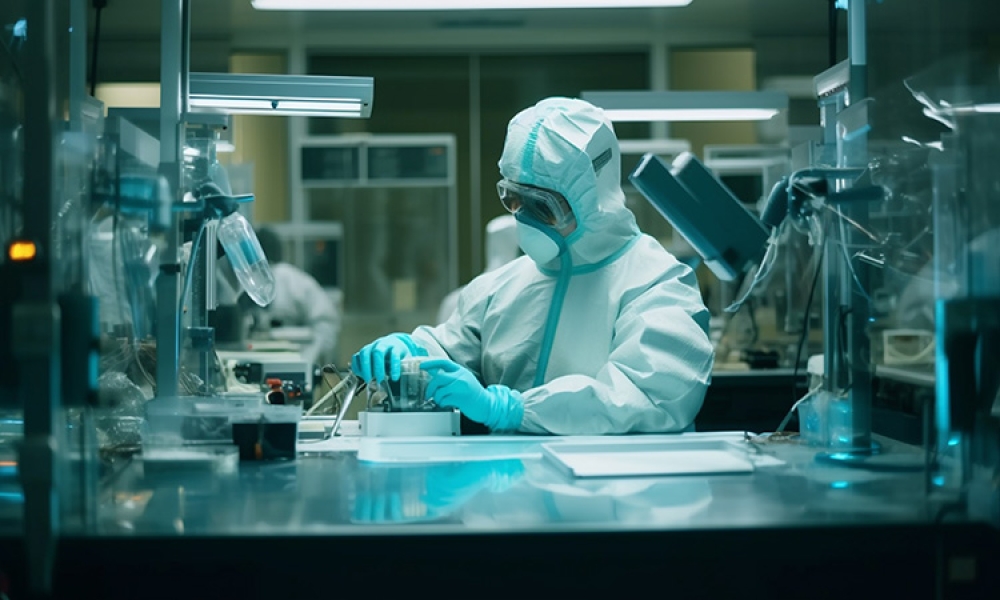The irony is not lost that the very same place, University of Pennsylvania, where FDA banned one of its research institutes from conducting research in the field for five years, was years later the birthplace of CAR-T therapy. It became the “poster boy” of the new wave of therapies. Then the “regulatory pendulum” started swinging the other way, with tremendous and spectacular results and little evidence of unexpected severe side effects, came a call for more flexibility to foster instead of hindering the potential development of these therapies. This was even more important given that most developers were from academia.
With success comes more responsibility.
When I chaired the PIC/S Working Group that revised Annex 2 (a section of the GMP code adopted in EU and technically in the PIC/S participating countries that had specifics for ATMPs), I had this principle well in mind. Annex 2A was built to ensure the flexibility and latitude necessary at the time while keeping in mind that this flexibility will not be appropriate and necessary in future.
The old principle of continuous improvement translates to having to find and use the best available technology or provisions.
If we go back to the principle of “first do no harm,” researchers and developers must remain vigilant about the specter of side effects. Although we are in a very different place than when the trial involving Gelsinger caused a sudden halt to the progress of ATMPs in clinical application, the danger of a sudden shift in public and regulator trust is still around the corner.
There is another aspect of ATMPs safety, the “sterility” one. Although less “mundane” than the danger of side effects intrinsic to the type of therapy, it is something not to be easily dismissed. In the end, who wants to be in the “news” because of a “septic” patient, for example?
Similarly, the “sterility” of ATMPs has benefitted from flexibility. It had to be, recognizing the nature of most of their starting materials and the difficulty in achieving sterility without compromising efficacy. Also, in this case the expectation is to be able to move on from flexibility. The time has already come, because of better facility design, equipment, starting materials, understanding of the constructs, and people training. The bar is raised, and the opportunity for safer products is to be grabbed.
I am very excited to chair a session at the 2023 Aseptic conference, where we will hear from the best in the field on aseptic and sterility ATMPs aspects, facility design, and how to pragmatic progress to apply the regulations from early development to commercialization. It will cover the full spectrum of products from autologous to allogeneic, going through therapy based on viral vectors, CRISPR, and DNA/mRNA.
Come and join us! I promise it will be fun.
Learn More & Register




